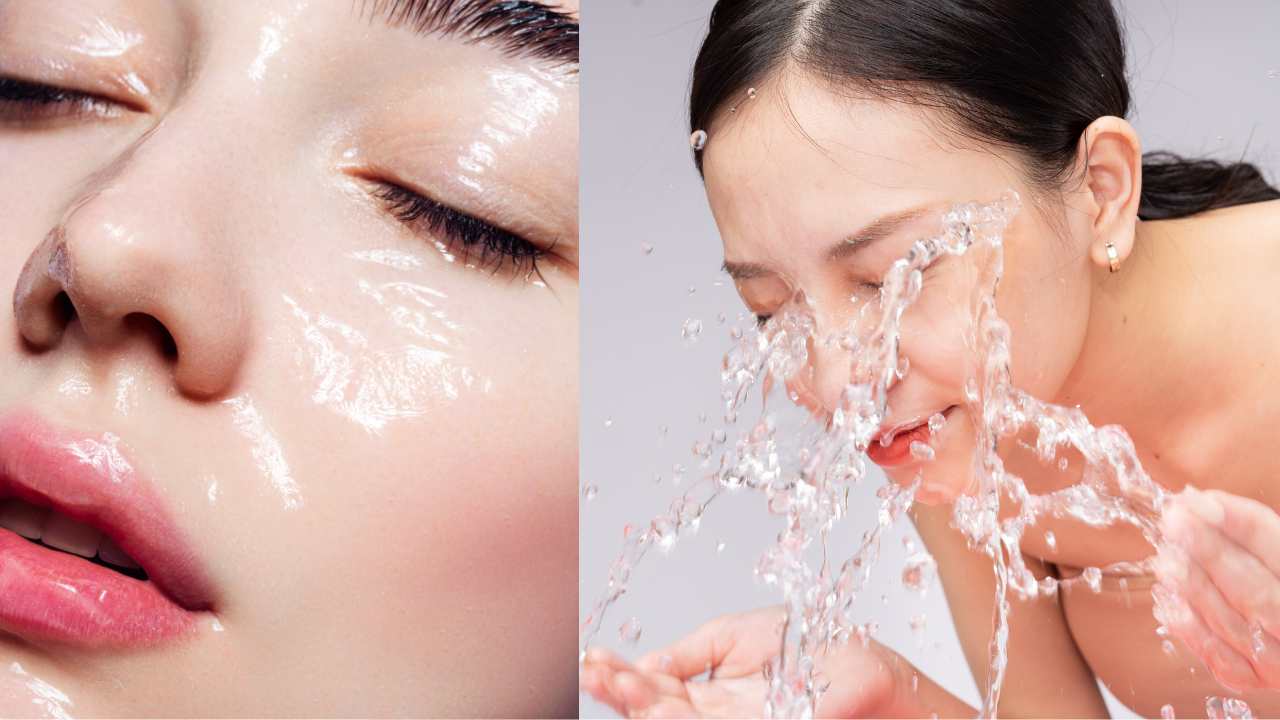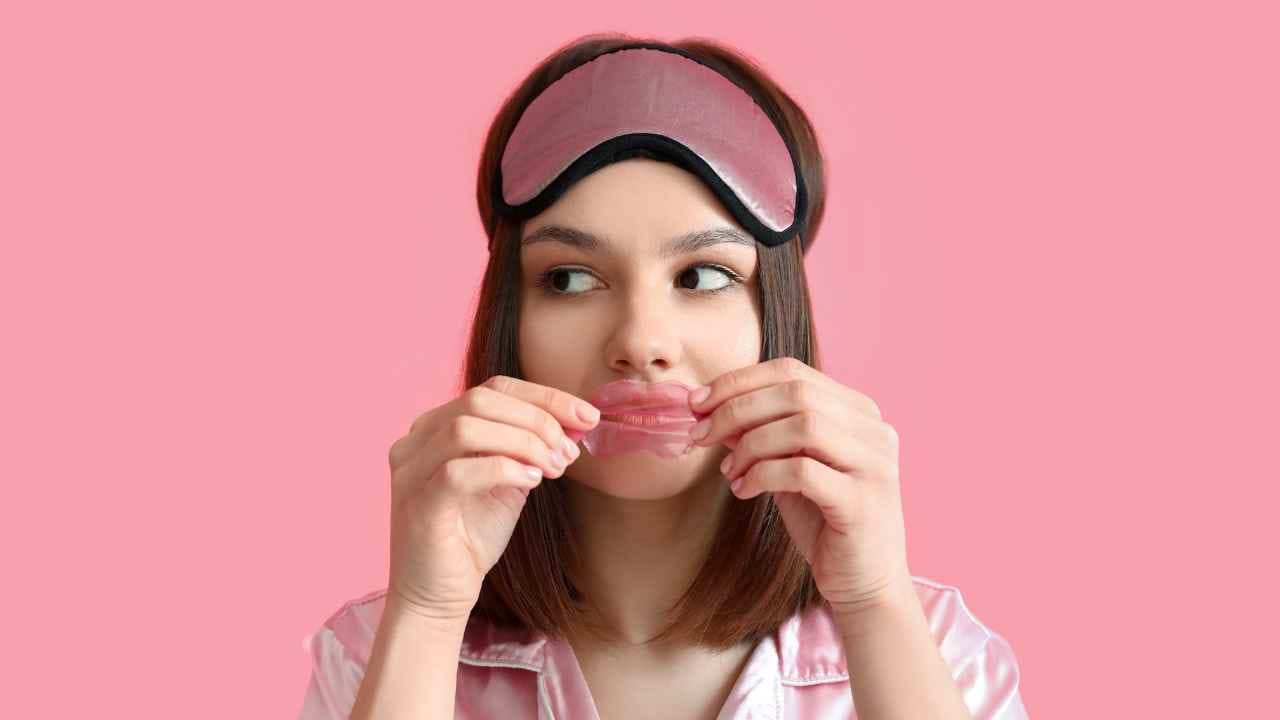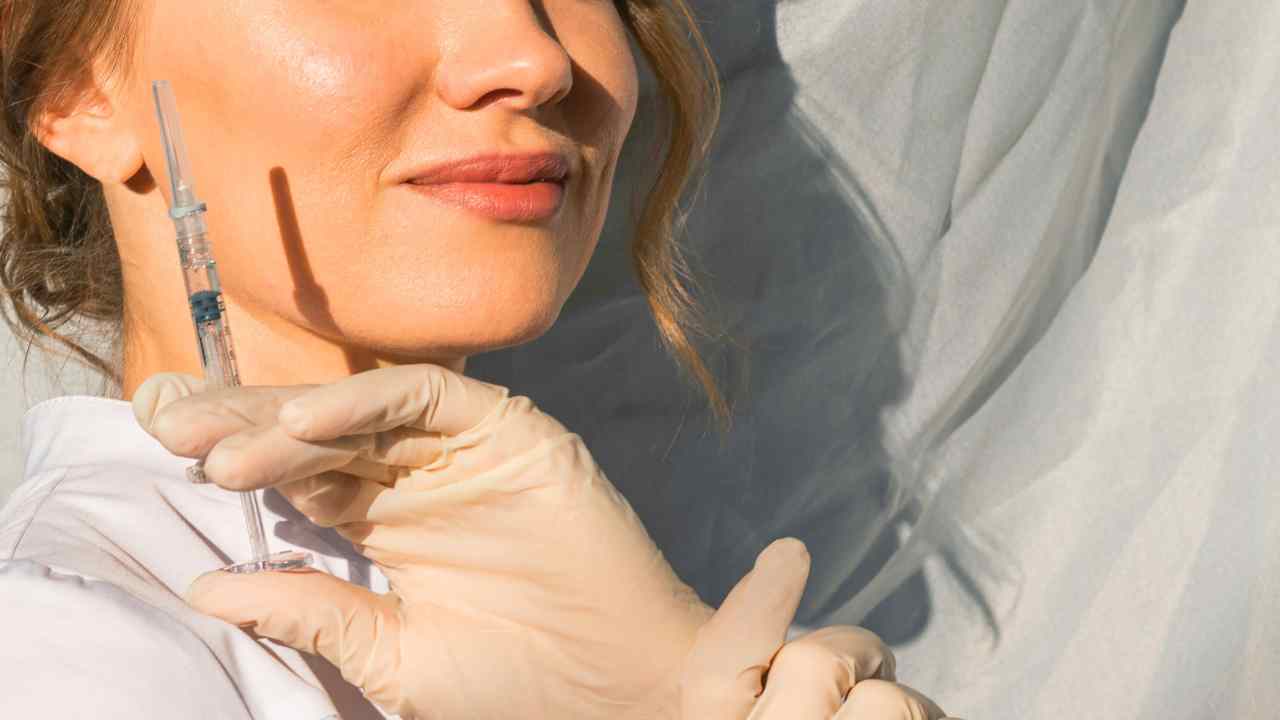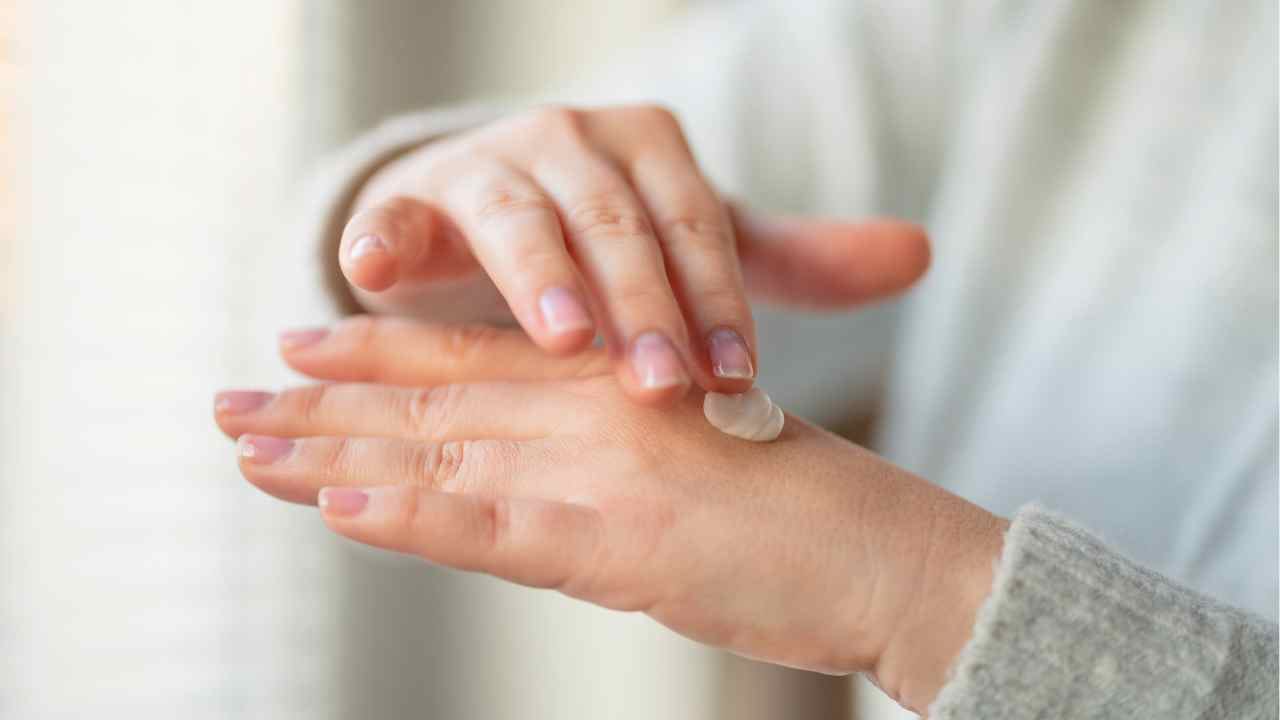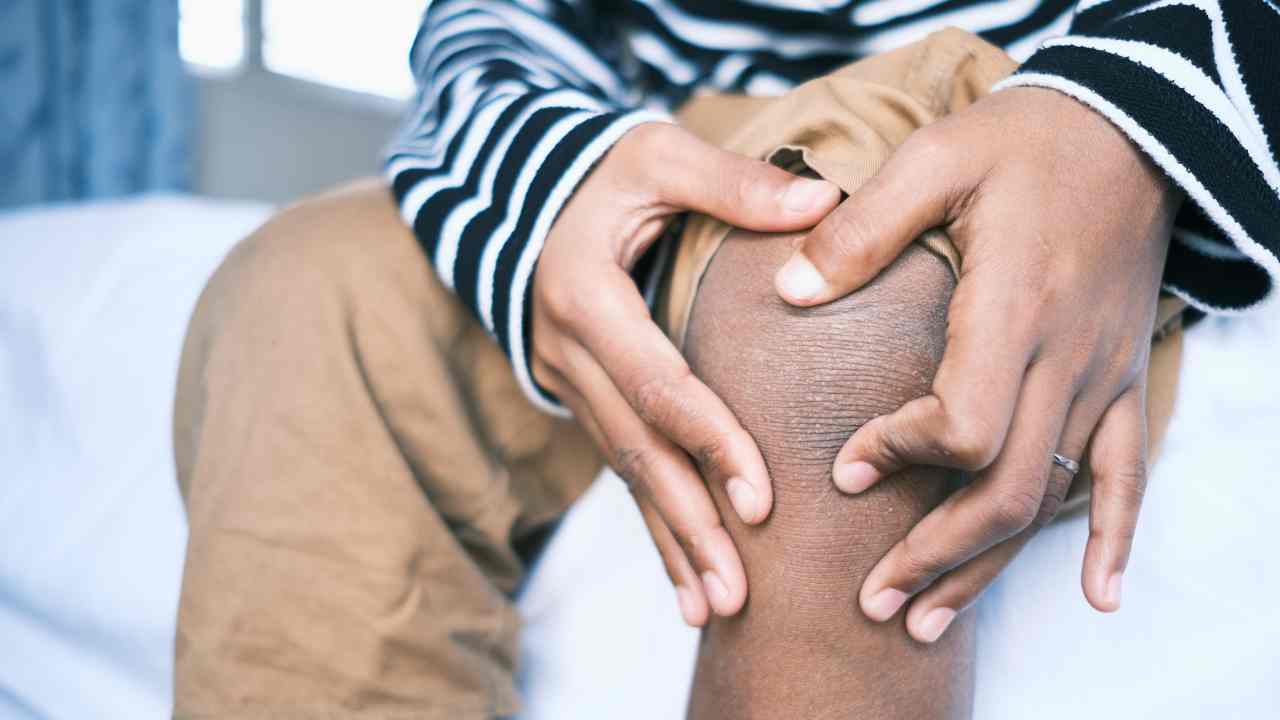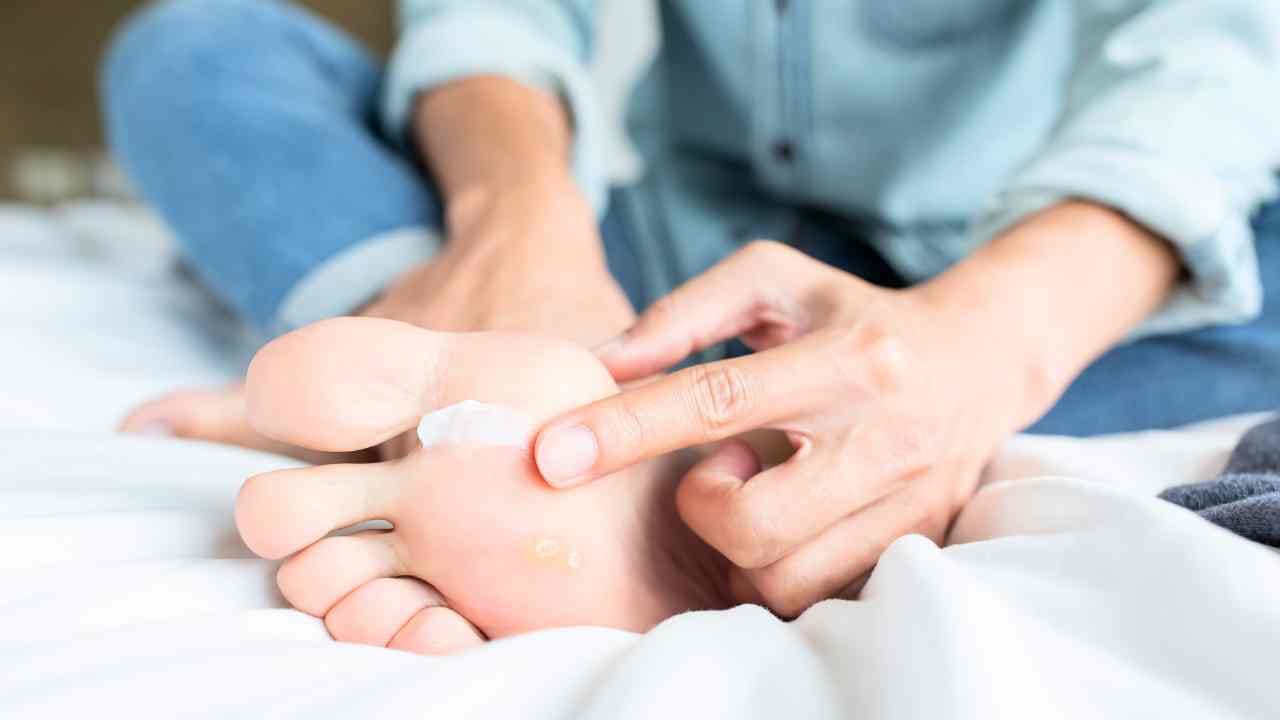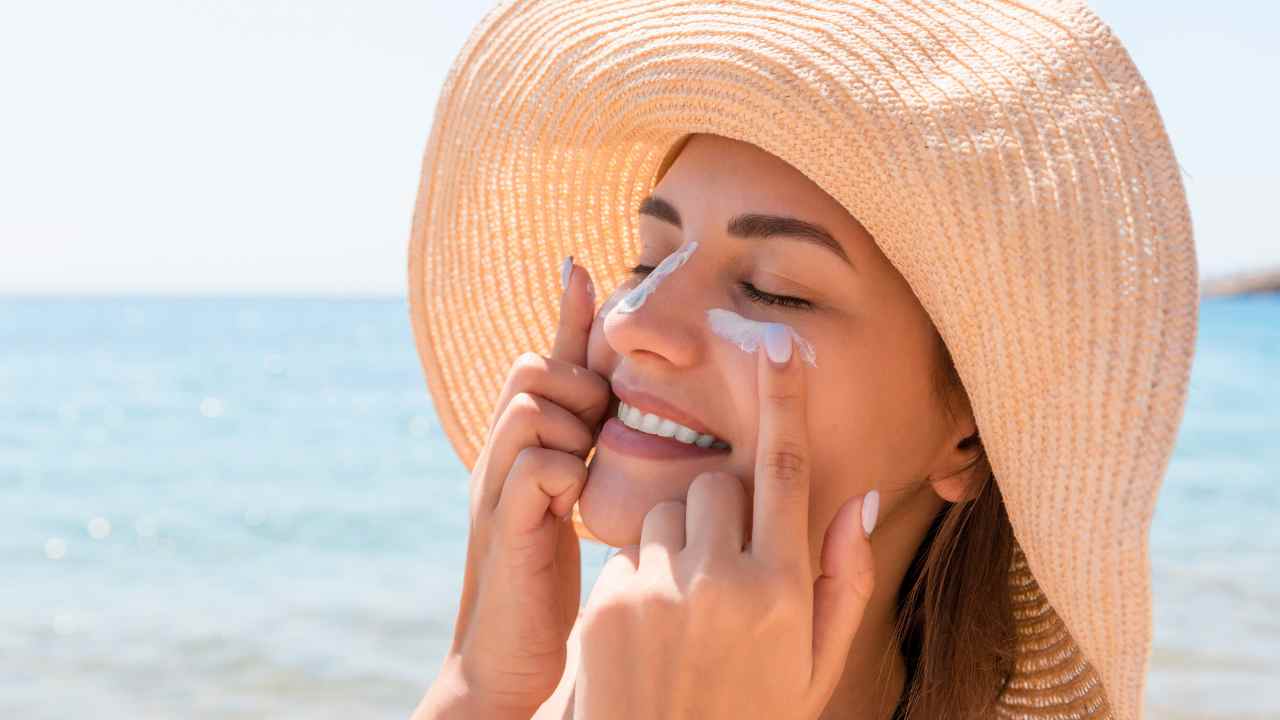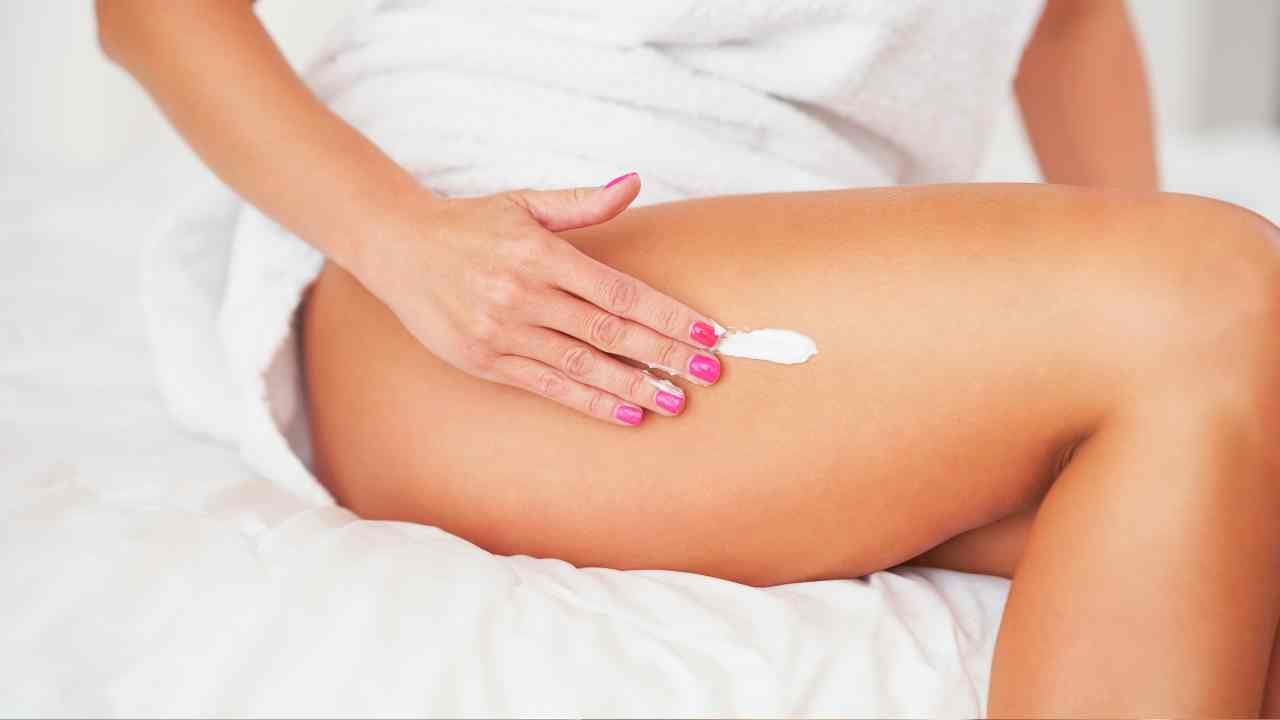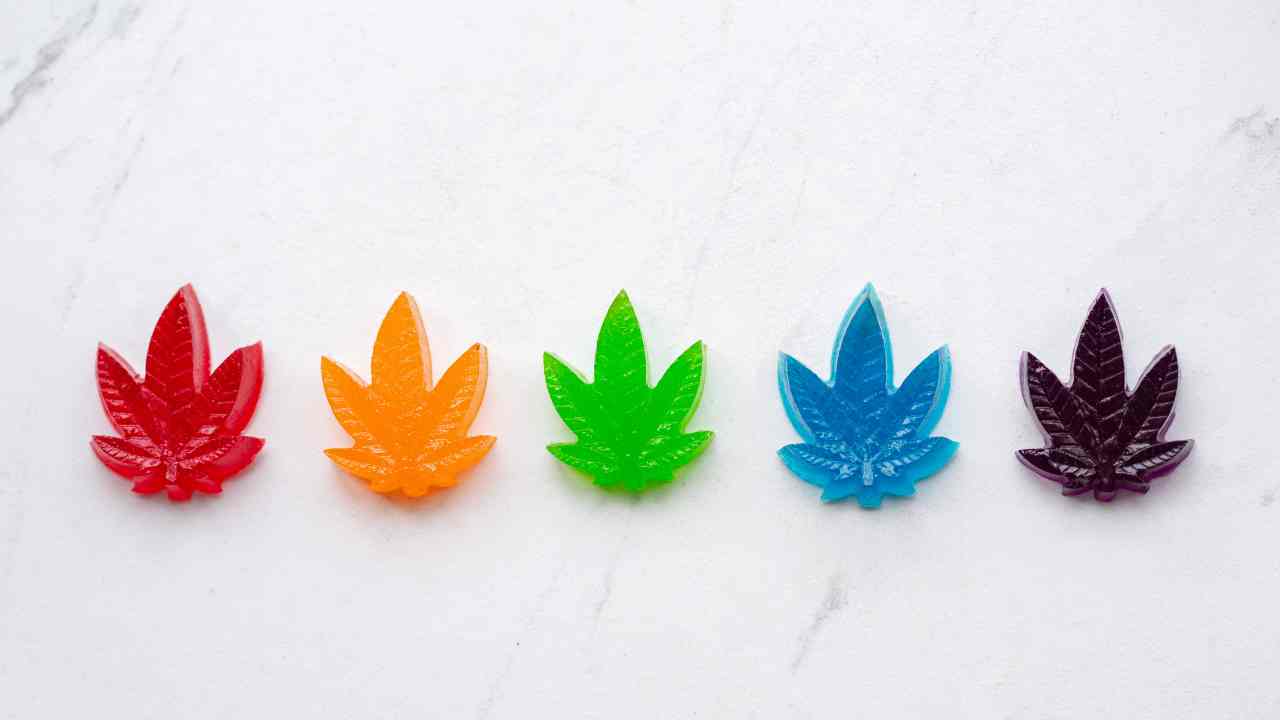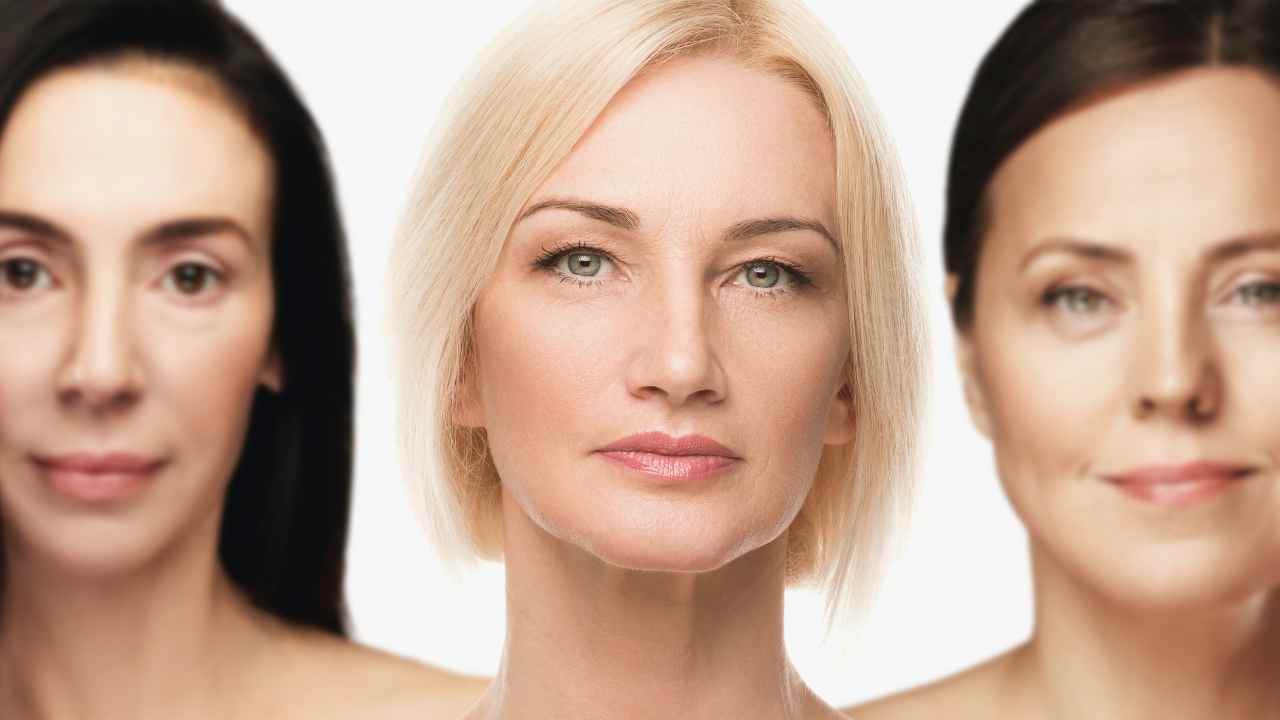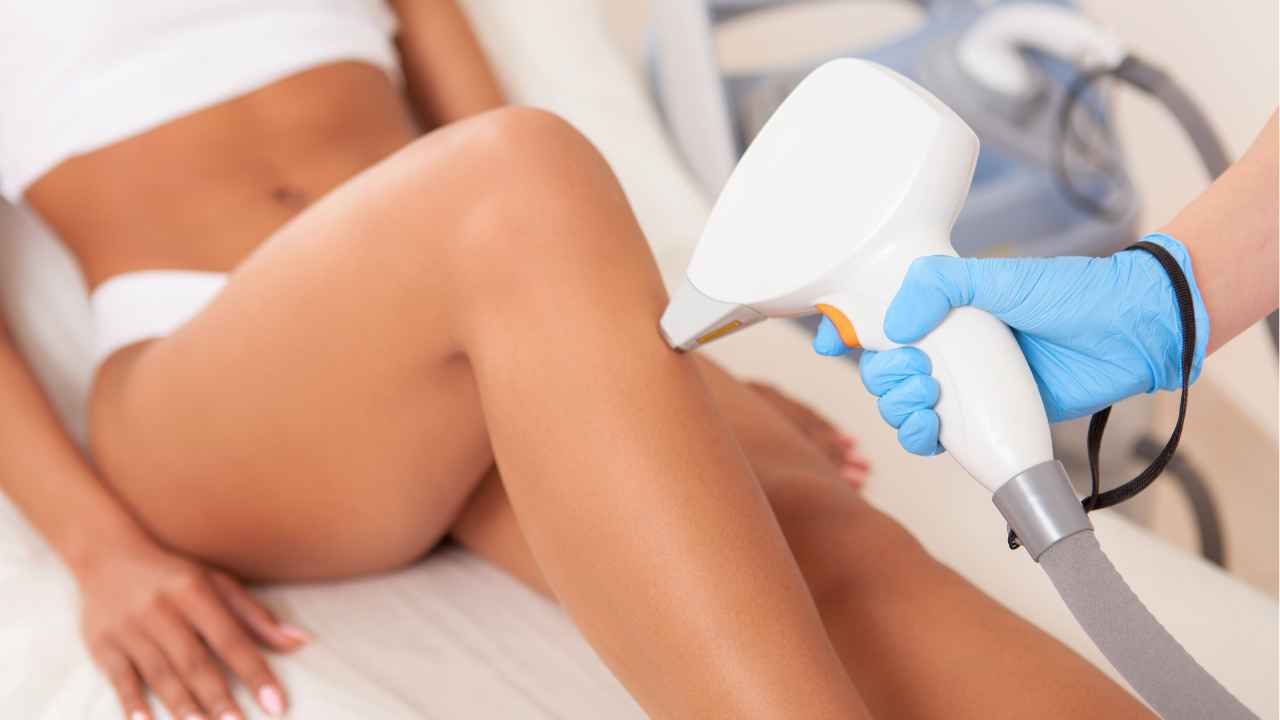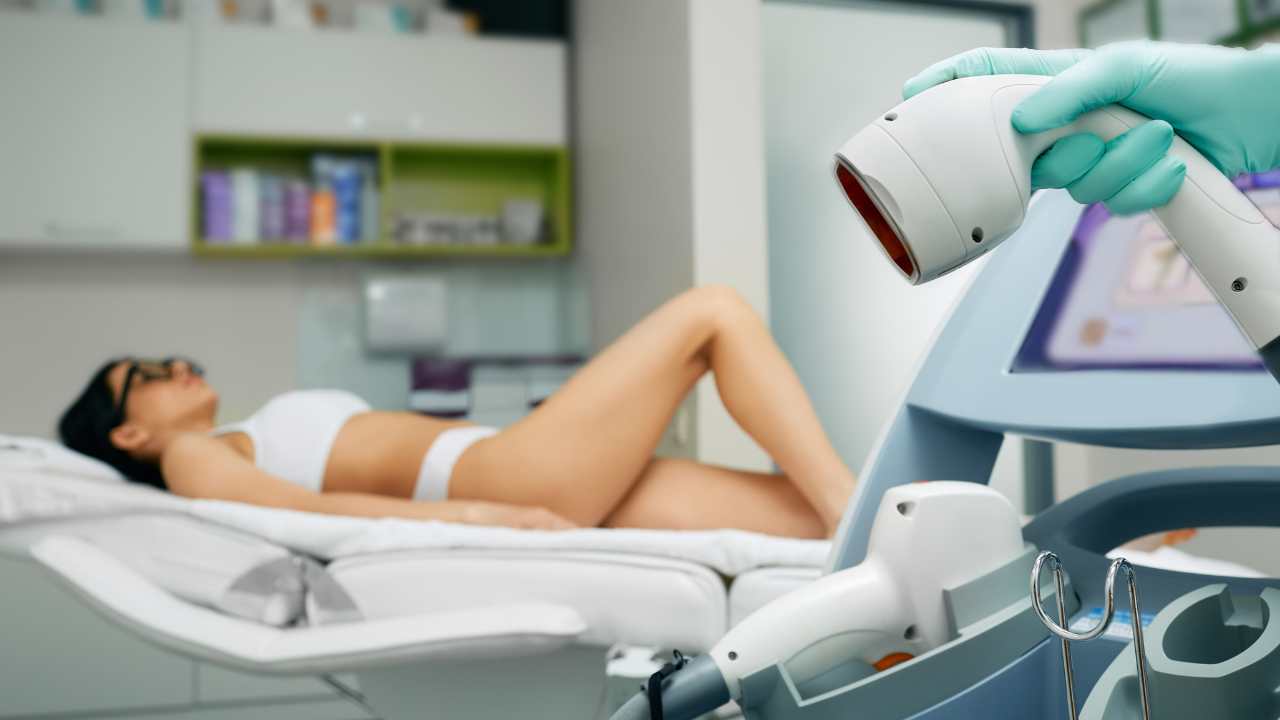
Does Laser Stretch Mark Removal Work? The Pros & Cons!
Stretch marks are a common concern for many people, particularly those who have experienced significant weight gain or loss, pregnancy, or stretch marks from puberty.
While these marks are not harmful to your health, they can be unsightly and affect your self-confidence.
Over the years, numerous methods have been suggested to reduce the appearance of stretch marks, but none have been as promising as laser stretch mark treatments.
In this post, we will explore the effectiveness of this treatment and whether it is a viable option for people looking to reduce the appearance of their stretch marks on their buttocks, tummy, or anywhere they appear on the body.
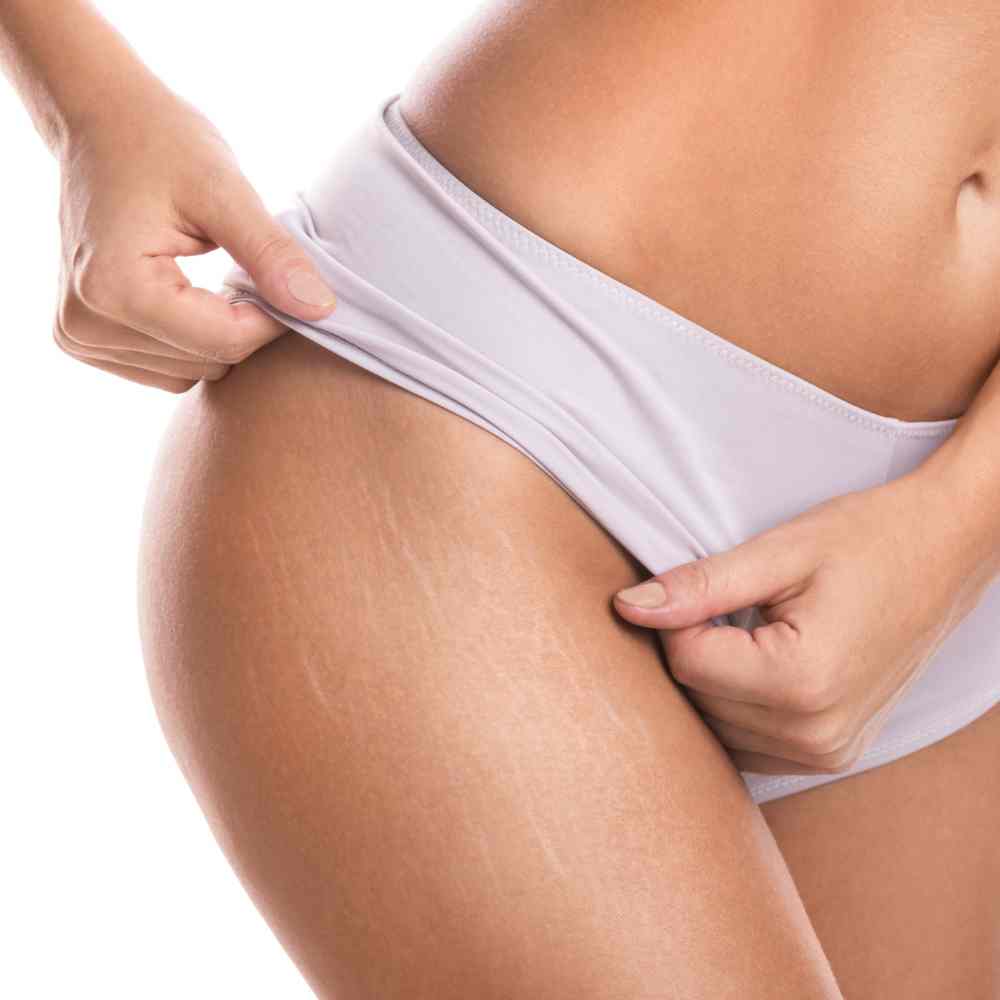
What are stretch marks and how do they form?
Stretch marks, also known as striae, are scars that form when the skin is stretched beyond its capacity to heal naturally.
These marks can appear anywhere on the body, but they are most commonly found on the thighs, hips, stomach, and breasts.
Stretch marks are caused by rapid weight gain or weight loss, hormonal changes, and pregnancy.
When the skin is stretched too quickly, it causes the collagen and elastin fibers to tear, leading to the formation of stretch marks.
If you have a family history of stretch marks, then you are more likely to get them. So, if you are pregnant you may get stretch marks if your mother also had them.
What is laser stretch mark removal and how does it work?
Laser stretch mark removal is a non-invasive cosmetic procedure that uses fractional laser technology to reduce the appearance of stretch marks.
This procedure works by targeting the skin's deeper layers, stimulating collagen production, and promoting the growth of new, healthy skin cells.
The laser penetrates the skin, causing the collagen fibers to contract, which helps to improve the appearance of the stretch marks.
Does laser stretch mark removal work?
While there is no guaranteed way to completely eliminate stretch marks, laser stretch mark removal has been shown to significantly improve the appearance of these marks.
Numerous studies have shown that this treatment can reduce the appearance of stretch marks by up to 50-75% after several sessions.
The effectiveness of laser stretch mark removal depends on several factors, including the severity of the stretch marks, the patient's age and skin type, and the number of treatment sessions they receive.
Generally, patients who undergo multiple treatment sessions are more likely to see significant improvements in their stretch marks' appearance.
Are there different types of lasers?
Yes, absolutely! There are various types of lasers available for stretch mark removal.
The type of laser used is determined by factors such as the size and color of your stretch marks, as well as their location and depth.
The most commonly used equipment to laser stretch marks include Q-switched Nd:YAG (neodymium-doped yttrium aluminium garnet), Erbium and Pulsed dye lasers.
Q-Switched Nd:YAG
Q-Switched Nd:YAG uses two wavelengths that target pigmented areas while helping to increase collagen production in the skin thus reducing the appearance of stretch marks.
It can be great for red or purple colored streaks, but may not be suitable for lighter colored ones since it targets pigmentation first rather than texture.
Erbium Laser
Erbium laser is frequently used to treat acne scars, wrinkles and other signs of aging on skin.
But, it also works wonders with removing shallow fine line pinkish or brownish stretch marks if used at a low enough energy output setting so it won’t cause any damage to nearby healthy tissue.
Pulsed Dye Laser
The Pulsed Dye Laser penetrates deeper into the layers of skin being more effective in cases where there are deep vertical lines on the skin caused by drastic weight gain or pregnancy.
This laser also stimulates more collagen growth in troubled areas faster than other lasers can do, which is why it's often considered one of the best options available when it comes to getting rid off those pesky unwelcome lines on our bodies.
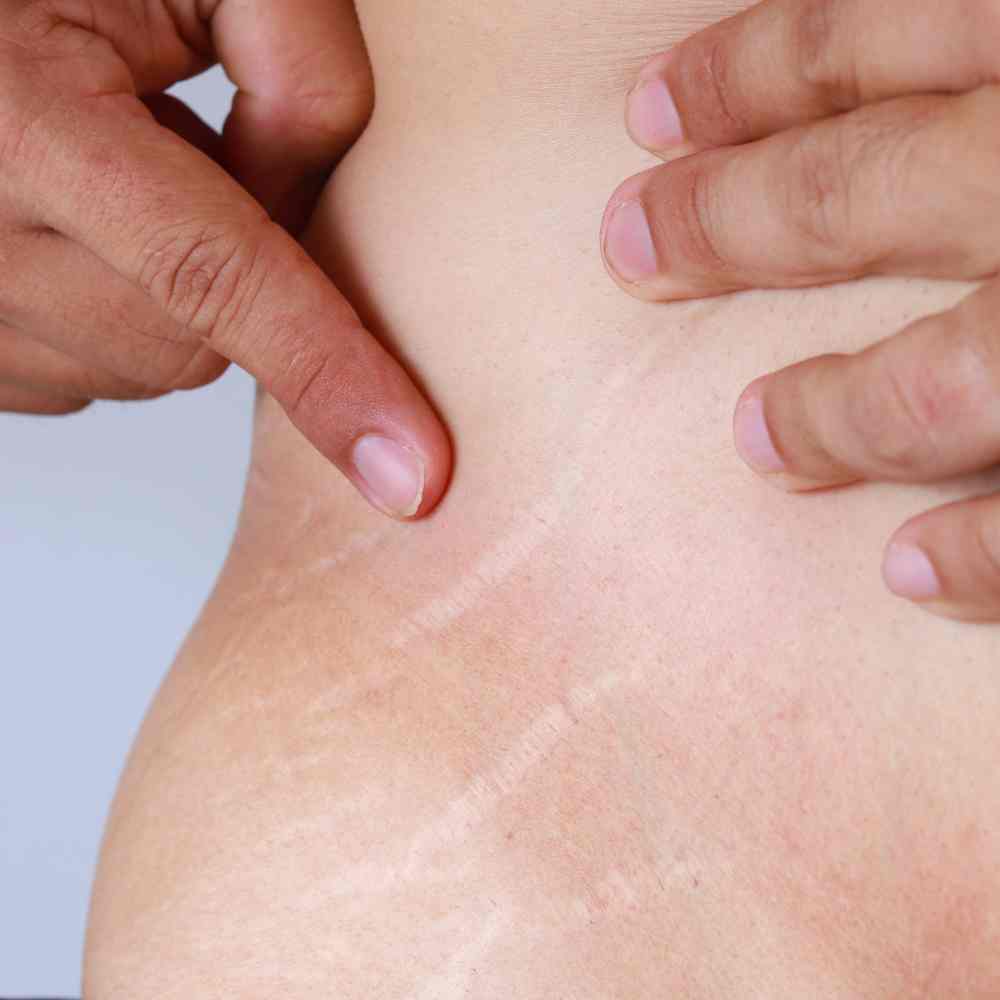
Is laser stretch mark removal safe?
Laser stretch mark removal is considered a safe and effective treatment for reducing the appearance of stretch marks.
The procedure is non-invasive and does not require any incisions or sutures, reducing the risk of infection and scarring.
However, as with any medical procedure, there are some risks and potential side effects associated with laser stretch mark removal.
These may include redness, swelling, and mild discomfort at the treatment site.
In rare cases, patients may experience blistering, scarring, or changes in skin pigmentation.
To reduce the risk of side effects, it is important to choose a qualified and experienced provider for your laser stretch mark removal treatment.
You should also follow any pre and post-treatment instructions given by your provider, such as avoiding sun exposure and applying sunscreen to the treated area.
How many treatment sessions are required, and what is the cost?
The number of treatment sessions required to remove stretch marks varies depending on the severity of the stretch marks and the patient's desired results.
Generally, patients require between three to six sessions, spaced several weeks apart, to see significant improvements in their stretch marks' appearance.
The cost of laser stretch mark removal also varies depending on several factors, including the provider's location, the number of treatment sessions required, and the size of the treatment area.
On average, patients can expect to pay between $500 to $1,500 per stretch mark treatment session.
While this may seem expensive, many patients find the cost to be worth the significant improvement in their stretch marks' appearance.
Watch a laser stretch mark removal appointment in action in this TikTok from the National Laser Institude MedSpa:
@nlimedspa Using our Fractional Non-Ablative laser to erase those stretch marks! ⚡️ #lasertreatment #stretchmarks #skinrejuvenation #medspa #scottsdale #dallas
♬ High Fashion (feat. Mustard) - Roddy Ricch
@nlimedspa
Are there any other options for reducing the appearance of stretch marks?
In addition to laser stretch mark removal, there are several other options for reducing the appearance of stretch marks.
These include topical creams, massage, silicone scar sheets, microdermabrasion and chemical peels.
While these treatments may be less expensive than laser stretch mark removal, they are generally less effective and may require more sessions to see results.
Topical creams, such as retinoids and hyaluronic acid, can help to improve the appearance of stretch marks by increasing collagen production and hydrating the skin. Using cocoa butter on your skin can also help prevent stretch marks and relieve the itching that often comes along with them.
However, these creams are generally not as effective as laser treatments and may take several months to see noticeable results.
You can also try silicone scar sheets for your stretch marks. Some people find them very effective, especially for very minor stretch marks.
Microdermabrasion and chemical peels are both cosmetic procedures that exfoliate the skin and promote cell turnover.
These treatments can help to improve the appearance of stretch marks by removing the outer layer of dead skin cells and stimulating collagen production.
However, they may not be suitable for all skin types and may require multiple sessions to see significant results.
The Final Word on Laser Stretch Mark Removal
In conclusion, laser stretch mark removal is a safe and effective treatment for reducing the appearance of stretch marks.
While it may be more expensive than other treatments, such as topical creams and microdermabrasion, it generally produces more significant and longer-lasting results.
However, it is important to choose a qualified and experienced provider and to follow all pre and laser treatment instructions after your appointment to reduce the risk of side effects.
Ultimately, the decision to undergo laser stretch mark treatment should be made after careful consideration of the risks and benefits, in consultation with a qualified healthcare provider.



